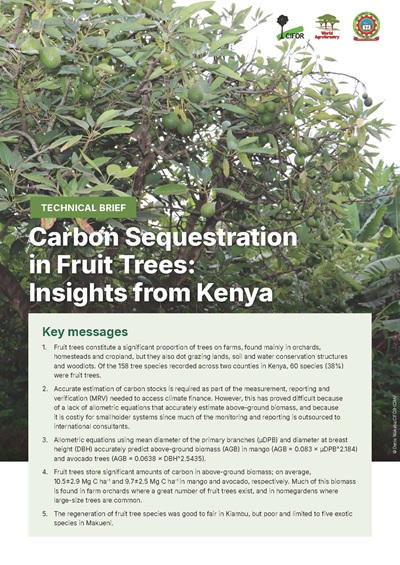Fungi are considered among the most efficient microbial degraders of plastics, as they produce salient enzymes and can survive on recalcitrant compounds with limited nutrients. In recent years, studies have reported numerous species of fungi that can degrade different types of plastics, yet there remain many gaps in our understanding of the processes involved in biodegradation. In addition, many unknowns need to be resolved regarding the fungal enzymes responsible for plastic fragmentation and the regulatory mechanisms which fungi use to hydrolyse, assimilate and mineralize synthetic plastics. This review aims to detail the main methods used in plastic hydrolysis by fungi, key enzymatic and molecular mechanisms, chemical agents that enhance the enzymatic breakdown of plastics, and viable industrial applications. Considering that polymers such as lignin, bioplastics, phenolics, and other petroleum-based compounds exhibit closely related characteristics in terms of hydrophobicity and structure, and are degraded by similar fungal enzymes as plastics, we have reasoned that genes that have been reported to regulate the biodegradation of these compounds or their homologs could equally be involved in the regulation of plastic degrading enzymes in fungi. Thus, this review highlights and provides insight into some of the most likely regulatory mechanisms by which fungi degrade plastics, target enzymes, genes, and transcription factors involved in the process, as well as key limitations to industrial upscaling of plastic biodegradation and biological approaches that can be employed to overcome these challenges.
DOI:
https://doi.org/10.1016/j.ecoenv.2023.115202
Altmetric score:
Dimensions Citation Count:
























